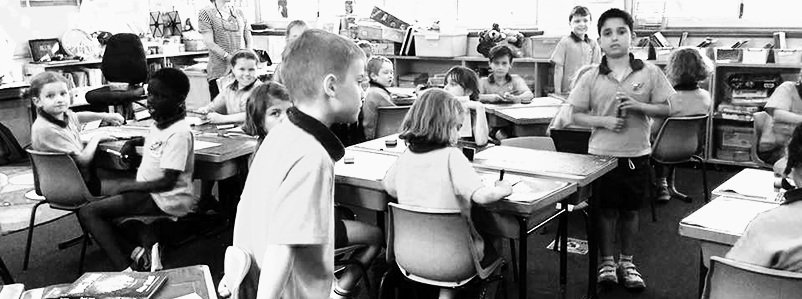Teaching with methods that don't respect brain science is like swimming against the current
Workshop Highlights
Put brain science to work to maximise learning
View brain scans showing how brains “light up” with student interaction
Master Kagan Structures to make every lesson brain-friendly
Target brain centers for emotion, motivation, memory, attention, and thinking
Create a safe learning environment where learning, thinking, and creativity flourish
Nourish the brain with Number Group Mania!
Discover the stimuli that boost comprehension and retention of content
Apply the six principles of brain friendly teaching in every lesson
Brain science and research has direct applications to classroom teaching and learning. We ignore the research at the peril of our own success as well as at the success of our students. Teaching with methods that don't respect brain science is like swimming against the current: teaching is more exhausting, students learn less, and students like class and content less. When we align our teaching with how the brain best learns, we are going with the current. Students learn more, enjoy class more, and teaching is more effortless and enjoyable for us.
In this workshop, learn six core principles of brain-friendly teaching. For each principle, you will come away with Kagan Structures, tools, tips, and techniques to make your teaching more brain compatible and more scientifically sound.
Kagan Structures to Teach the Way Brains Best Learn!
3 Day workshop
Workshop materials include:
Course handout
Kagan Brain-Friendly Teaching book

“…children aren’t born to learn in ways we want them to. Our brain is primarily a social machine and learns by watching, imitating and interacting.”
Hattie, J. & Yates, G. (2014). Visible Learning and the Science of How We Learn. London: Routledge




